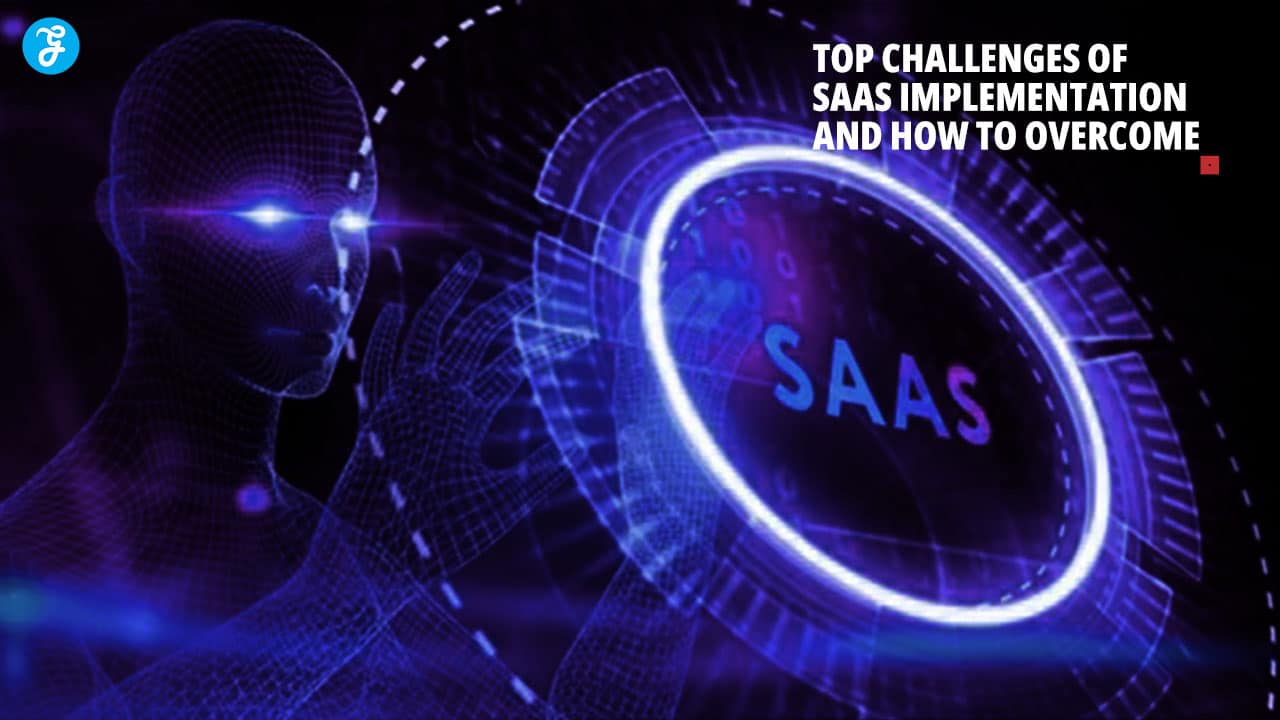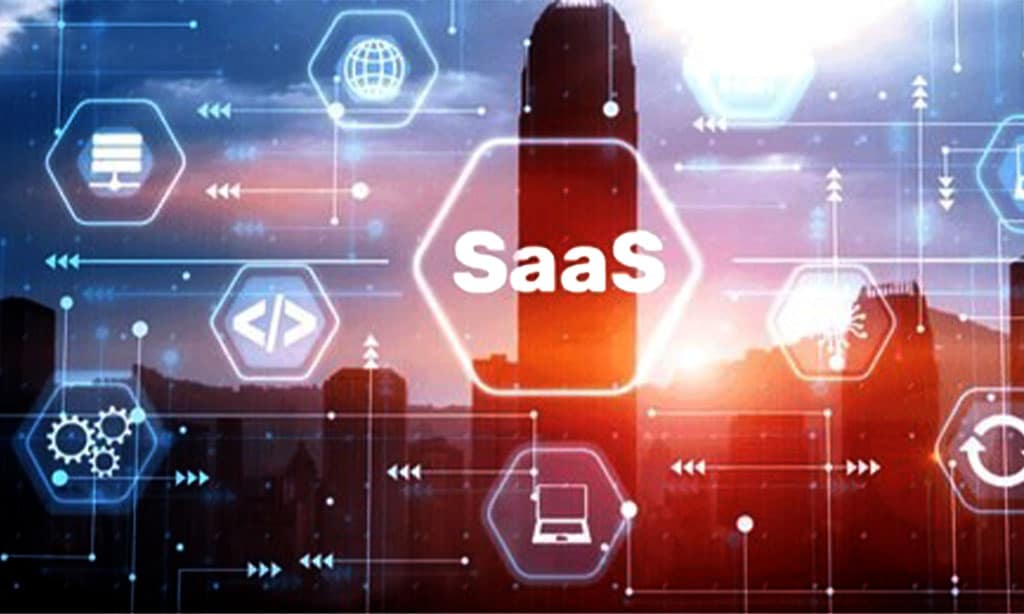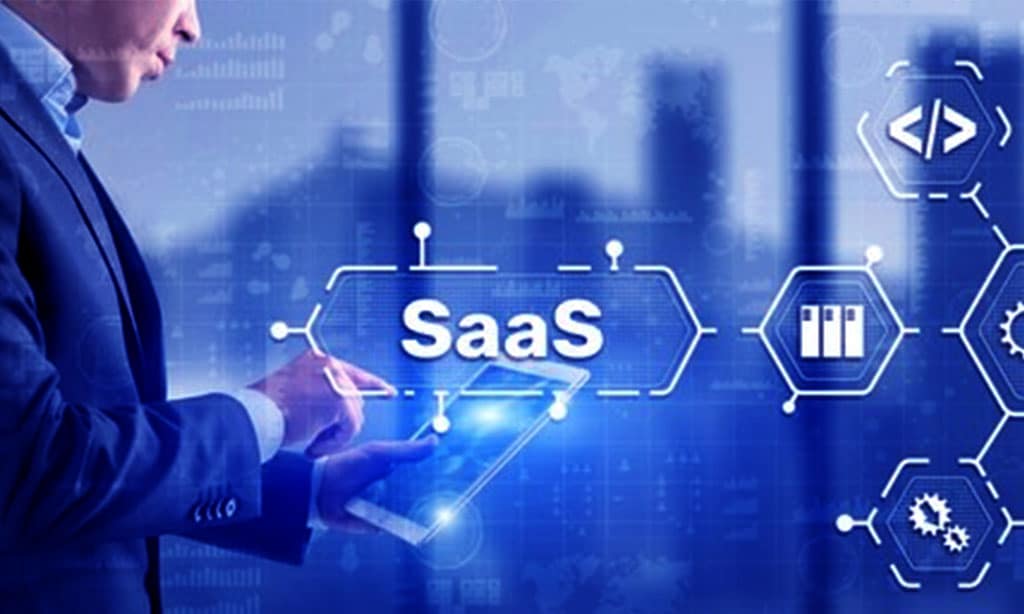Software as a Service (SaaS) has revolutionized businesses’ operations, offering scalable, cost-effective, and flexible solutions for various organizational needs. As more companies transition to cloud-based services, adopting SaaS platforms has become increasingly common.
However, implementing SaaS solutions is not without its challenges. From technical hurdles to organizational resistance, businesses often encounter obstacles that can hinder the successful deployment and utilization of SaaS applications.
This comprehensive guide will explore the top challenges faced during SaaS implementation and provide practical strategies to overcome them.
Whether you’re a small startup or a large enterprise, understanding these challenges and their solutions can help ensure a smooth transition to SaaS and maximize the benefits of cloud-based software.
1. Data Security and Privacy Concerns
One of the primary concerns when implementing SaaS solutions is the security and privacy of sensitive business data. As information is stored and processed in the cloud, companies often worry about potential data breaches, unauthorized access, and compliance with data protection regulations.
Challenges:
- Ensuring data encryption during transmission and storage
- Maintaining compliance with industry-specific regulations (e.g., GDPR, HIPAA)
- Protecting against unauthorized access and cyber threats
- Managing data residency requirements in different geographical locations
Solutions:
1. Conduct thorough vendor security assessments:
Before selecting a SaaS provider, comprehensively evaluate their security measures, certifications, and compliance standards.
2. Implement strong access controls:
Use multi-factor authentication, role-based access control, and regular access reviews to ensure that only authorized personnel can access sensitive data.
3. Encrypt data in transit and at rest:
Ensure your SaaS provider uses robust encryption protocols for data transmission and storage.
4. Regularly audit and monitor:
Conduct periodic security audits and implement real-time monitoring to detect and respond to potential security threats promptly.
5. Establish clear data ownership and privacy policies:
Work with your SaaS provider to define data ownership, privacy policies, and data deletion or transfer procedures if you terminate the service.
6. Use a Cloud Access Security Broker (CASB):
Implement a CASB solution to gain visibility and control over your SaaS applications, enhancing security and compliance.
By addressing these security concerns proactively, you can build trust in your SaaS implementation and protect your valuable business data.
2. Integration with Existing Systems
Many organizations struggle with integrating new SaaS applications into their existing IT infrastructure. Seamless integration is crucial for maintaining operational efficiency and ensuring data consistency across different systems.
Challenges:
- Compatibility issues with legacy systems
- Data silos and inconsistencies across platforms
- Complex API integrations and custom development requirements
- Maintaining data integrity during migration and ongoing operations
Solutions:
1. Conduct a thorough systems audit:
Before implementing a new SaaS solution, assess your IT landscape to identify potential integration points and challenges.
2. Choose SaaS solutions with robust API capabilities:
Select vendors that offer comprehensive API documentation and support for easy integration with other systems.
3. Utilize Integration platform-as-a-service (PaaS) solutions:
Use iPaaS tools to streamline integration and manage connections between different applications.
4. Implement a data governance strategy:
Establish clear policies and procedures for data management across all systems to ensure consistency and accuracy.
5. Invest in middleware solutions:
Use middleware to facilitate communication between applications and formats, especially with legacy systems.
6. Plan for scalability:
Ensure your integration strategy accommodates future growth and additional SaaS implementations.
7. Consider a phased approach:
Instead of attempting to integrate everything simultaneously, prioritize critical integrations and implement them in stages to manage complexity.
By focusing on seamless integration, you can create a cohesive IT ecosystem that maximizes the benefits of your SaaS implementation while maintaining the value of your existing systems.
3. User Adoption and Change Management
Introducing a new SaaS solution often requires significant changes in workflows and processes. Resistance to change and lack of user adoption can severely impact the success of your SaaS implementation.
Challenges:
- Overcoming employee resistance to new technologies
- Ensuring proper training and support for all users
- Managing the transition from legacy systems to new SaaS platforms
- Maintaining productivity during the implementation process
Solutions:
1. Develop a comprehensive change management strategy:
Create a plan that addresses the human aspect of technology adoption, including communication, training, and support.
2. Involve critical stakeholders early:
Engage department heads, power users, and other influential team members in the selection and implementation process to build buy-in.
3. Provide thorough training and documentation:
Offer various training options, including in-person sessions, online tutorials, and easily accessible user guides.
4. Highlight the benefits:
Communicate how the new SaaS solution will improve employees’ work lives and contribute to organizational goals.
5. Designate SaaS champions:
Identify and empower enthusiastic users to advocate for the new system, providing peer support and encouragement.
6. Offer ongoing support:
Establish a help desk or support system to address user questions and issues promptly.
7. Gather and act on feedback:
Regularly collect user feedback and adjust the implementation process or the SaaS configuration.
8. Celebrate successes:
Recognize and reward employees who successfully adopt and utilize the new SaaS solution to encourage continued engagement.
By focusing on user adoption and change management, you can ensure that your team embraces the new SaaS solution, maximizing its potential benefits for your organization.
4. Customization and Flexibility Limitations
While SaaS solutions offer many advantages, they may not always align perfectly with an organization’s unique processes or requirements. Balancing the need for customization with the benefits of standardized SaaS offerings can be challenging.
Challenges:
- Limited customization options are available on some SaaS platforms
- Difficulty in adapting existing business processes to SaaS workflows
- Potential loss of competitive advantage due to standardized features
- Managing customer-specific requirements in multi-tenant environments
Solutions:
1. Thoroughly evaluate SaaS options:
Choose a SaaS provider that balances standardization and customization capabilities.
2. Leverage configuration options:
Maximize using built-in configuration tools to tailor the SaaS solution to your needs without extensive custom development.
3. Consider API-driven customizations:
Use APIs to build custom integrations or extensions that address specific business requirements without modifying the core SaaS platform.
4. Adopt a “configure, don’t customize” approach:
Adapt your processes to align with SaaS best practices whenever possible, rather than heavily customizing the software.
5. Utilize middleware for complex customizations:
Use middleware solutions to handle complex business logic or data transformations outside the SaaS platform when necessary.
6. Engage with the SaaS vendor:
Communicate your specific needs to the vendor and explore potential roadmap items or partner solutions that may address your requirements.
7. Implement a governance framework:
Establish clear guidelines for when and how customizations should be pursued to balance flexibility and manageability.
By addressing customization challenges strategically, you can find the right balance between standardization and flexibility, ensuring that your SaaS solution meets your business needs without compromising the benefits of cloud-based software.
5. Performance and Reliability Concerns
As businesses become increasingly dependent on SaaS applications, ensuring consistent performance and reliability becomes crucial. Downtime or slow performance can significantly impact productivity and customer satisfaction.
Challenges:
- Dependence on internet connectivity for access to critical applications
- Potential for service outages or performance degradation
- Limited control over infrastructure and updates
- Managing performance across different geographical locations
Solutions:
1. Carefully review SLAs:
Thoroughly examine the Service Level Agreements (SLAs) offered by SaaS providers, paying close attention to uptime guarantees, performance metrics, and compensation for outages.
2. Implement redundant internet connections:
Ensure your organization has backup internet connections to maintain access to SaaS applications in case of primary connection failures.
3. Use performance monitoring tools:
Implement tools to monitor the performance of your SaaS applications, allowing you to identify and address issues proactively.
4. Consider hybrid or multi-cloud strategies:
For critical applications, explore hybrid or multi-cloud approaches to improve reliability and reduce dependence on a single provider.
5. Optimize network infrastructure:
Ensure your internal network is optimized for cloud access, considering solutions like SD-WAN to improve performance and reliability.
6. Implement caching and offline capabilities:
Where possible, leverage caching mechanisms and offline modes to maintain productivity during temporary connectivity issues.
7. Establish clear communication channels:
Work with your SaaS provider to establish clear lines of communication for reporting and escalating performance issues.
8. Plan for disaster recovery:
Develop and regularly test disaster recovery plans for potential SaaS outages or performance degradation.
By addressing performance and reliability concerns, you can ensure that your SaaS implementation delivers consistent value to your organization and maintains business continuity.
6. Cost Management and ROI Optimization
While SaaS solutions often promise cost savings, managing expenses and optimizing return on investment (ROI) can be challenging, especially as usage scales or additional features are adopted.
Challenges:
- Unexpected costs due to usage-based pricing models
- Difficulty in accurately forecasting SaaS expenses
- Managing multiple SaaS subscriptions across the organization
- Ensuring optimal utilization of paid features and licenses
Solutions:
1. Implement SaaS management tools:
Use specialized software to track your organization’s SaaS usage, costs, and contracts.
2. Regularly review and optimize licenses:
Conduct periodic audits of user licenses to ensure you’re not paying for unused or underutilized accounts.
3. Negotiate flexible contracts:
Work with SaaS vendors to establish contracts that allow for scaling up or down based on your needs.
4. Monitor and analyze usage patterns:
Use analytics tools to understand how your team uses SaaS applications and identify opportunities for optimization.
5. Establish a centralized SaaS procurement process:
Implement a standardized process for evaluating and approving new SaaS subscriptions to avoid redundancy and control costs.
6. Consider tiered pricing options:
Evaluate whether tiered pricing models offered by SaaS providers align with your usage patterns and can provide cost savings.
7. Invest in user training:
Ensure that your team fully leverages your SaaS applications’ features to maximize your investment’s value.
8. Regularly reassess ROI:
Review the business value that your SaaS implementations are delivering on a regular basis, and be prepared to make changes if the ROI is falling short of expectations.
By implementing effective cost management strategies, you can ensure that your SaaS investments deliver optimal value to your organization while controlling expenses.
7. Data Migration and Management
Transitioning from legacy systems to SaaS solutions often involves significant data migration efforts. Ensuring data integrity, completeness, and proper mapping can be complex and time-consuming.
Challenges:
- Ensuring data quality and consistency during migration
- Mapping data from legacy systems to new SaaS data models
- Managing large volumes of historical data
- Maintaining business continuity during the migration process
Solutions:
1. Develop a comprehensive data migration strategy:
Create a detailed plan that outlines the steps, timelines, and resources required for successful data migration.
2. Conduct thorough data cleansing:
Clean and validate your data before migration to prevent transferring inaccurate or redundant information to the new system.
3. Use data migration tools:
Leverage specialized data migration tools or services offered by your SaaS provider to streamline the process and reduce errors.
4. Implement data validation processes:
Establish rigorous data validation checks to ensure the accuracy and completeness of migrated data.
5. Consider a phased migration approach:
For large or complex datasets, consider migrating data in phases to manage risk and maintain business continuity.
6. Provide clear data governance guidelines:
Establish policies defining data ownership, quality standards, and management processes in the new SaaS environment.
7. Plan for data archiving:
Develop a strategy for managing historical data that may not need to be migrated to the new system but must be retained for compliance or reference purposes.
8. Conduct thorough testing:
Perform extensive testing of migrated data, including user acceptance testing, to ensure that all critical information is accurately transferred and accessible in the new system.
By addressing data migration challenges effectively, you can ensure a smooth transition to your new SaaS platform while maintaining the integrity and value of your organizational data.
Summary
Implementing SaaS solutions offers numerous benefits, including scalability, cost savings, and increased flexibility, but it also comes with challenges. Organizations must navigate various obstacles, from data security concerns to integration complexities, user adoption hurdles, and cost management issues, to ensure a successful SaaS deployment.
By proactively addressing these challenges with the right strategies—such as conducting thorough vendor assessments, implementing robust security measures, and fostering user adoption through comprehensive change management—you can mitigate risks and maximize the benefits of your SaaS investment.
Ultimately, careful planning, continuous monitoring, and a focus on aligning SaaS solutions with your business objectives will pave the way for a smooth transition and long-term success in the cloud.







































